How To Draw Armor And Weapons
Hello, my proper noun is Mirjam Löfgren. I'm also known as Foervraengd online, and I'one thousand a digital illustrator. Today I'll show you how to make objects such as armor look rich, detailed, and ornate by calculation engravings using the digital fine art software Clip Studio Paint.
Yous can use any brush for this, but the ones I've used in this tutorial are the post-obit:
Mirres Marker Brush Set: https://assets.clip-studio.com/en-us/detail?id=1749822
ornamentation ribbon brushes: https://assets.prune-studio.com/en-us/detail?id=1727628
Sharp Pencil: https://assets.prune-studio.com/en-united states of america/detail?id=1758016
Engraving is a pattern, picture, or text carved onto a surface, which is normally metal. It's mainly a method to decorate areas and brand them expect more appealing.
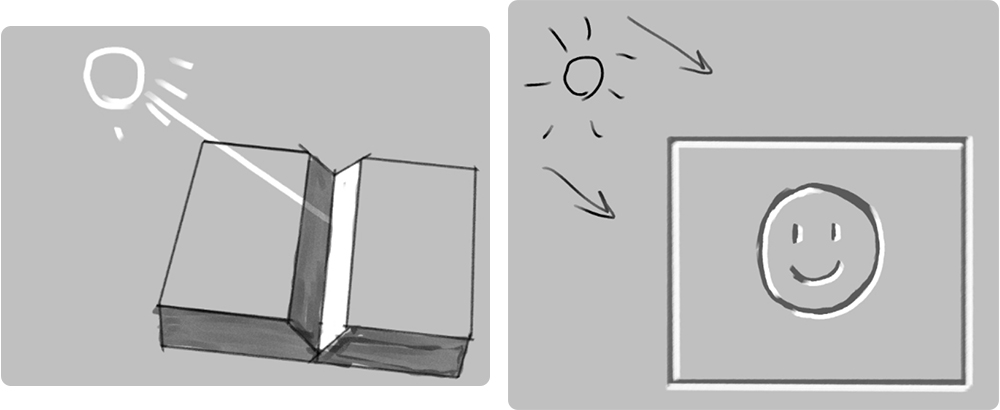
The opposite of engraving is embossing. These are patterns and text that are added onto the surface.

To attain a convincing result, y'all demand to pay attention to the light source. Simply by irresolute the lighting every bit shown here, the surface can expect either engraved or embossed.
There are dissimilar ways to add together details to your artwork and they all are useful, but you might prefer some methods over others depending on your own art style. That's why I'll show y'all several methods I mainly use for a digital "painterly" style. Even if it's non your usual style, I however encourage you to give these methods a endeavour!
Using layer modes on dissimilar surfaces
Engraving can exist done on whatever type of surface, merely it'southward good to be enlightened of how information technology looks on matte, shiny, and reflective objects.
The main gene that separates shiny objects from matte objects is that the reflective light is more pronounced, as we can see with the bottom half of the middle sphere. The highlights and cadre shadows are also sharper and higher in contrast.
A reflective surface takes this further and starts to reflect its surroundings like a mirror. The more than cogitating the surface, the more than yous take to include the surrounding colors.
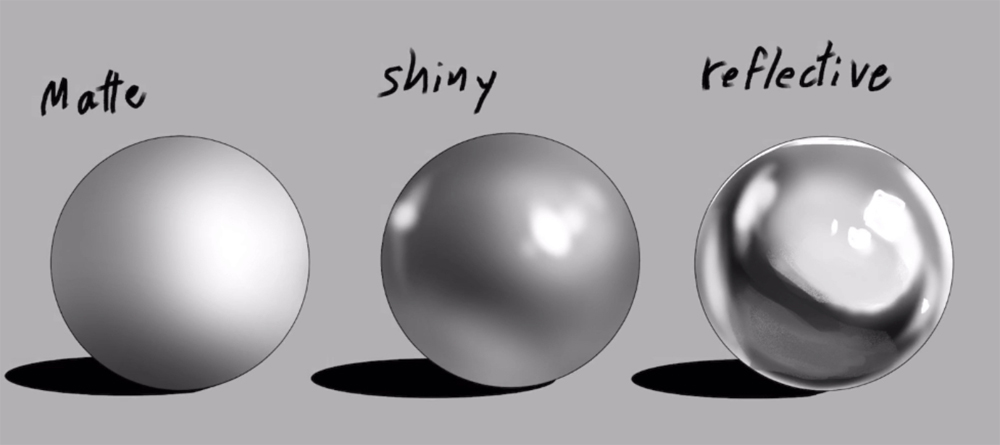
If we requite each sphere a deep groove along the surface, we tin can meet that they each look different.
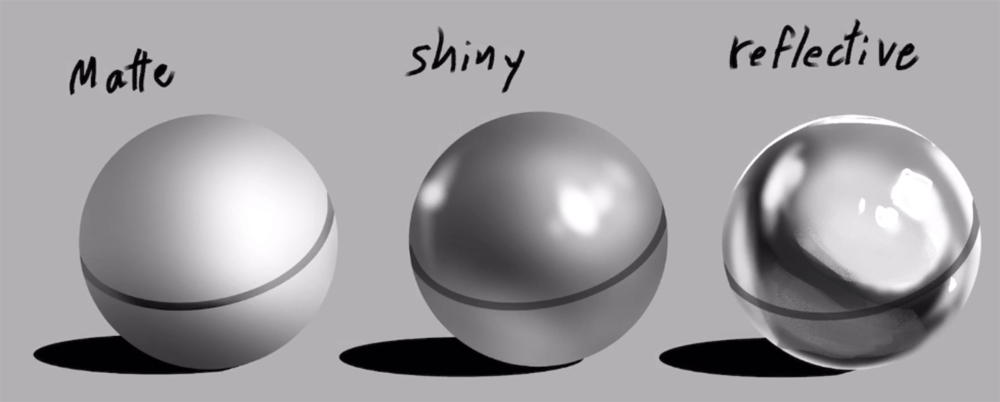
For the matte sphere, we can pretty much only utilize a multiply layer. But for the other two, we have to accept the reflective low-cal into account.
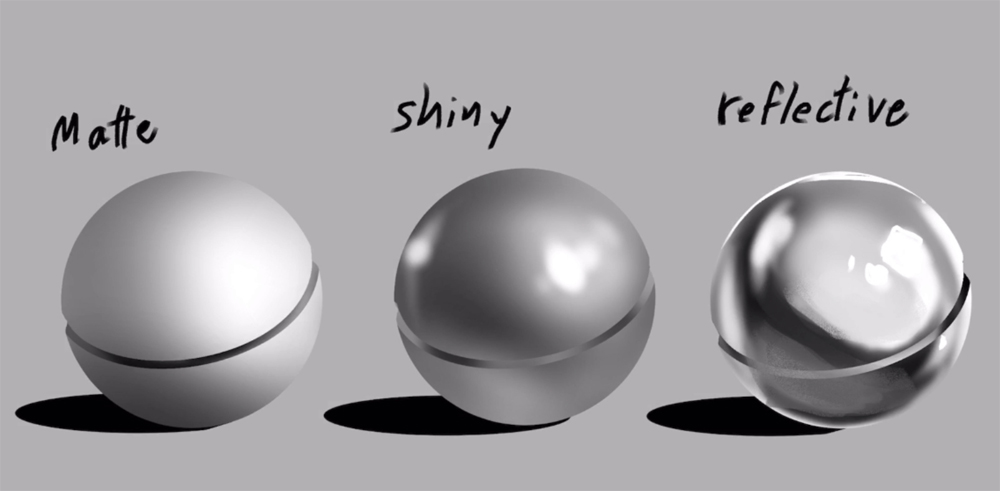
For the shiny sphere, I set the line-layer to "normal" and locked the transparent pixels. I so used a soft airbrush to add variety to the darker shades along the line.
As a rule of thumb, you should merely darken areas that are lighter than the mid-tone. For example, the reflected light at the bottom of the sphere and areas close to the highlight are areas where I would make the line a bit darker.
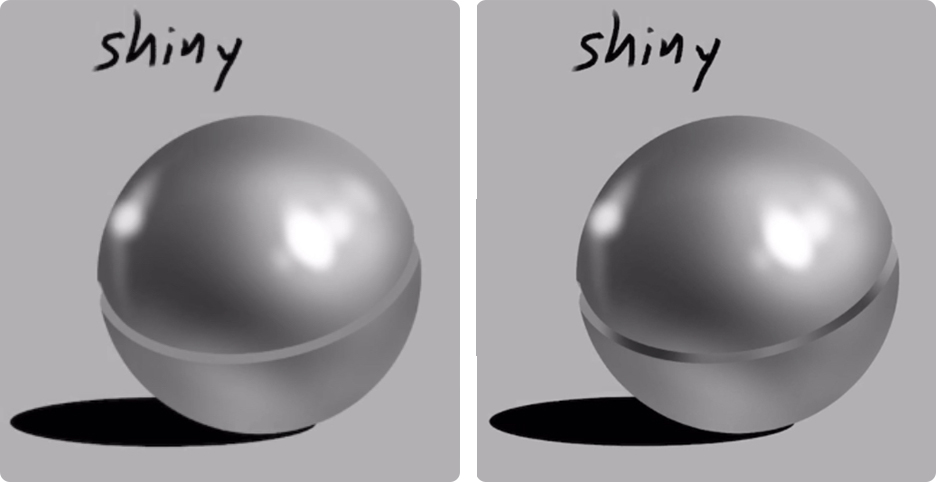
We'll echo this with the cogitating sphere, only instead of a normal layer, permit's ready the layer to "divergence".
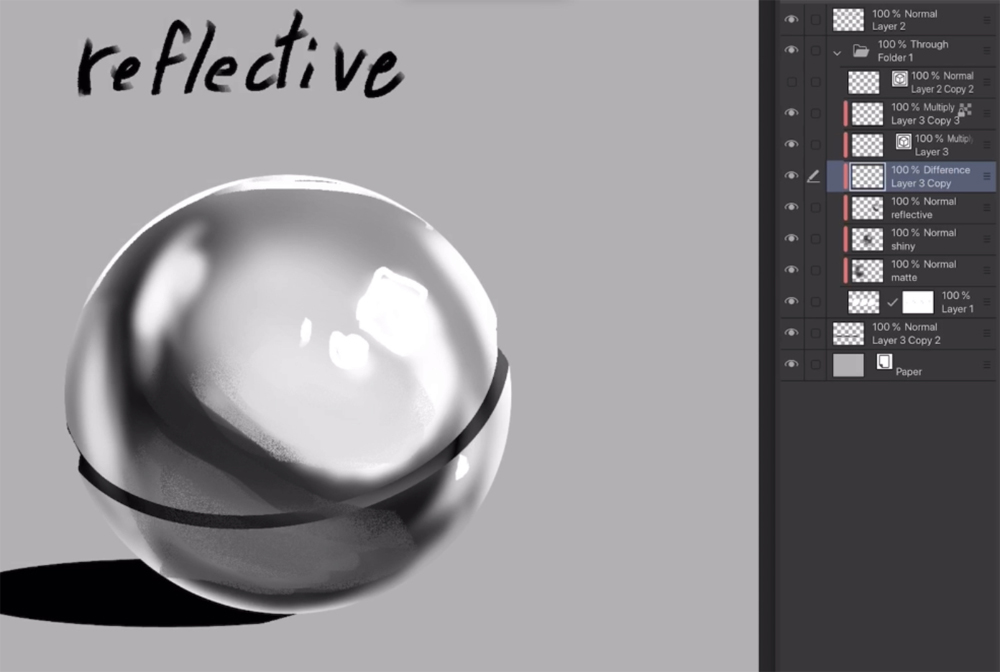
If it doesn't await right off the bat, adjust the luminosity until it looks something similar to the image here. Ordinarily white or very light greyness should do the trick. Depending on what colors or values you work with, you can get like results with the layer ready to "Exclusion".
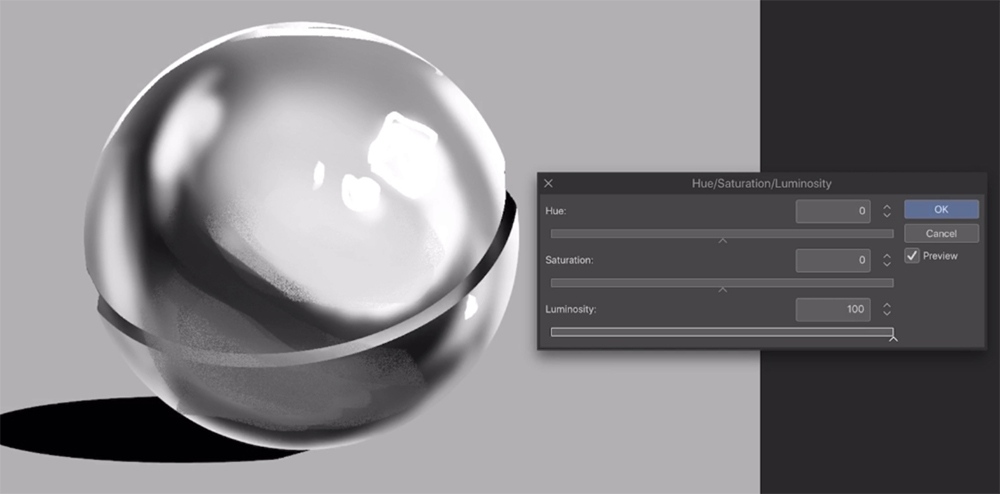
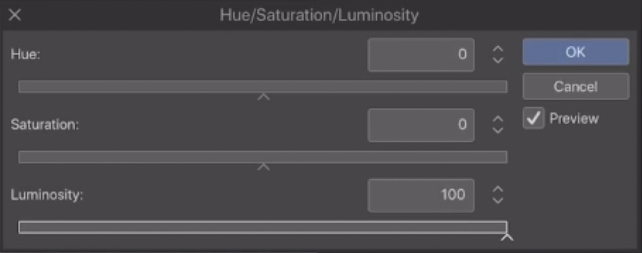
Using layer mode "difference" works pretty practiced for patterned brushes with a lot of details and thin lines. There are a lot of beautiful pattern brushes to download on prune studio assets, so I really recommend information technology for finding inspiration and resources.
Manually past hand
Painting engravings by mitt is useful when other methods don't match your ain style that well. Information technology'due south also good practice for beginners. Brand sure to determine the light source first, which is where the highlight should follow.
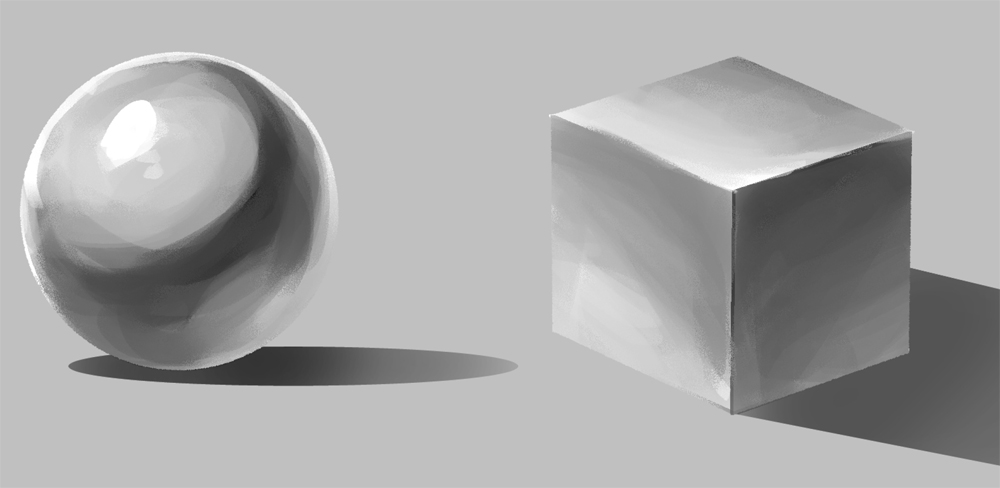
The adjacent stage is to add engravings. Create a multiply layer and use a medium greyness color to draw the patterns. You can also have a normal layer and use blackness on low opacity for a similar consequence. Make sure the design follows the shape of the object. Y'all can also utilize this method to create shallow cracks in rocks and marble sculptures.
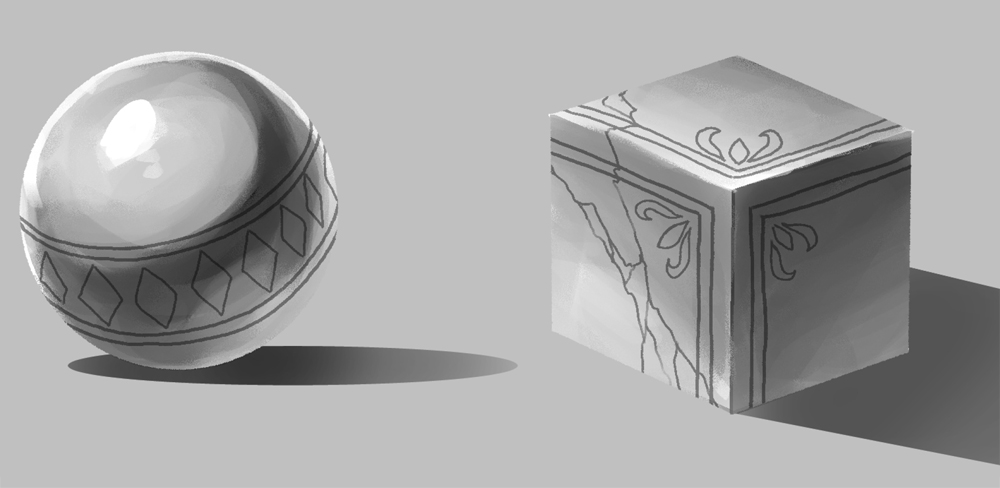
Make a normal layer above the multiply layer and add highlights. Pay close attending to your light source, as both the principal light source and reflected light come up into play. You tin can see with the sphere in the example.
This is a simple way to add engraving manually without relying too much on layer modes.
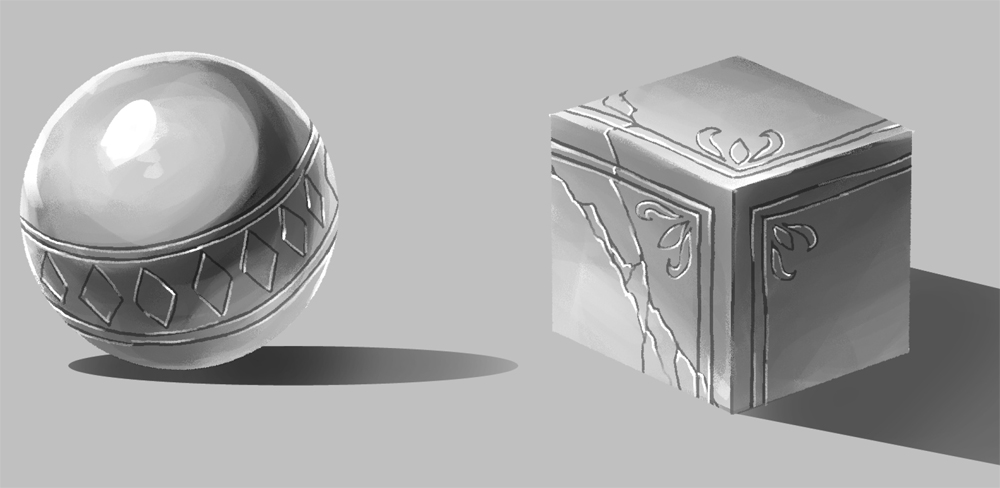
Using Patterned brushes
Yous can, of grade, use brushes with custom patterns to relieve some time.
Just recall that if you have also many details, information technology tin take a lot of time to add together all the highlights manually.
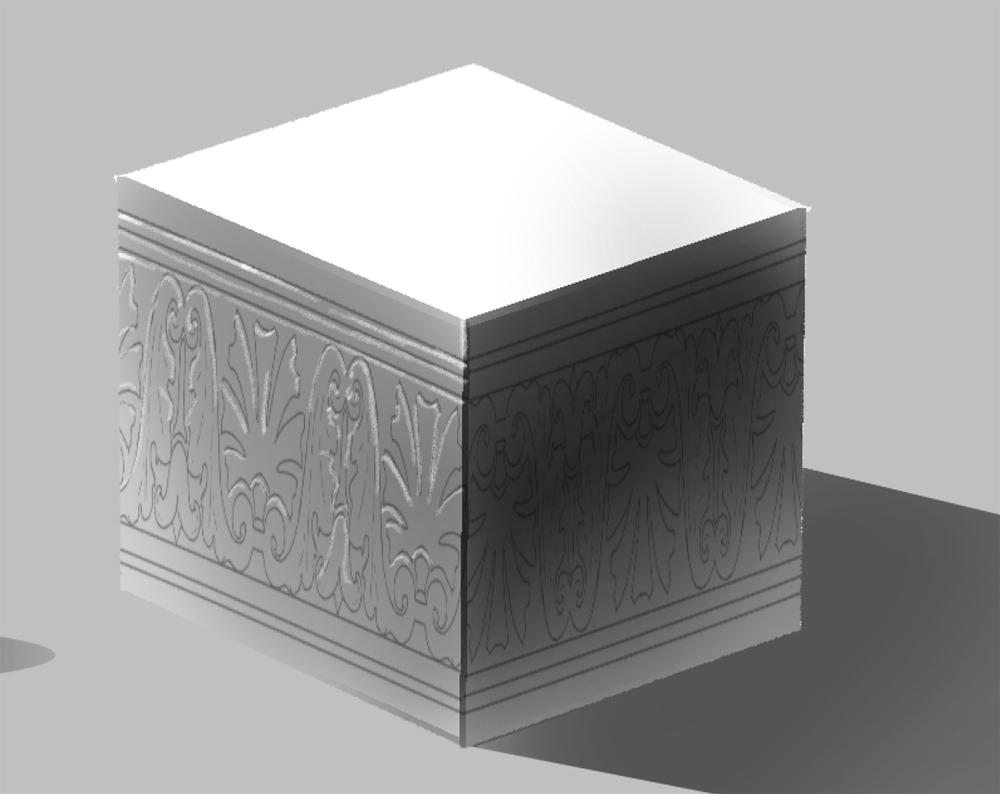
One flim-flam is to brand a copy of the design layer and color information technology white, then motion it a tiny flake up or down depending on your light source.
Layer modes such every bit colour dodge and glow dodge tin can as well be useful hither.
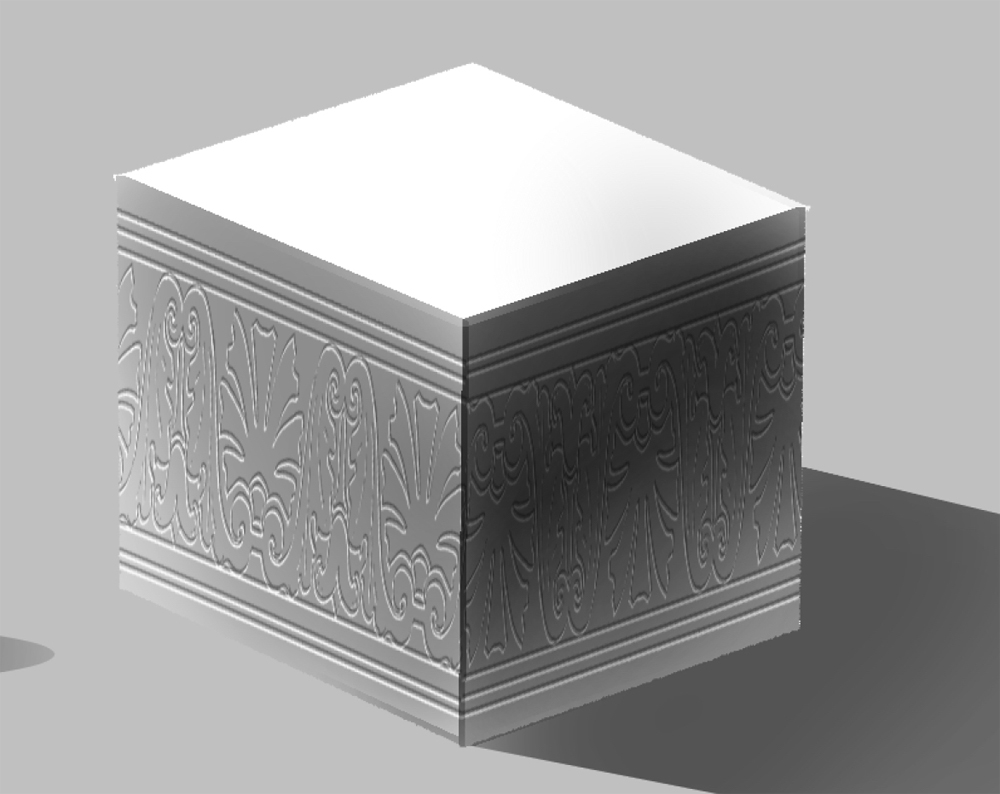
Complex shapes
When y'all desire to use this to something more complicated, e'er brand sure to accept a reference photo available if needed.
On this slice of armor, I sketched out a grid in cherry-red and blueish equally a "shape" guide for when I add the engraving.
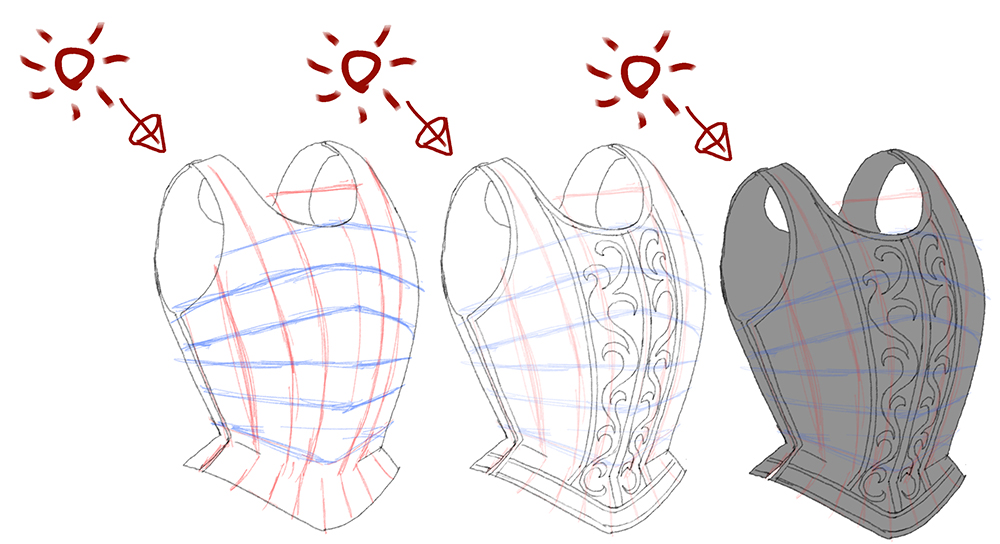
Notice how I follow the grid when applying shadows, reflections, and highlights.
The last step is to add light to the engraving. You want to brand sure the blueprint looks the style you want, so you won't have to go back and readjust things.
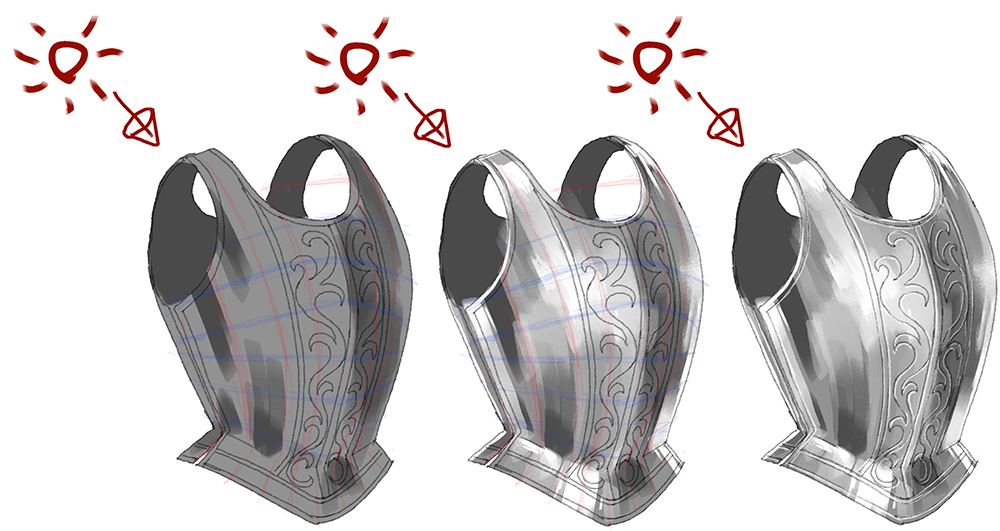
At present let'southward utilize these techniques to your artwork.
Engraving is something y'all ofttimes add at the end of the process. And as long as you keep it on a split up layer, you should have enough room for adjustments if needed.
I offset start by painting nigh of the artwork. As for metal, I find it easiest to offset utilize a soft round airbrush and then render it into sharper brushwork using a blending brush.

I employ transmission engraving along the edges of the armor since it will look deeper and match the overall brushwork. It will as well serve as a template for when I add more intricate details later.

For intricate engravings, I used ane of the default ribbon brushes that came with Clip Studio. But yous tin utilise any ribbon brush with thin lines for this. I besides blurred this pattern a little fleck so it doesn't stand out too much. We want information technology to blend in with the rest of the art style here.
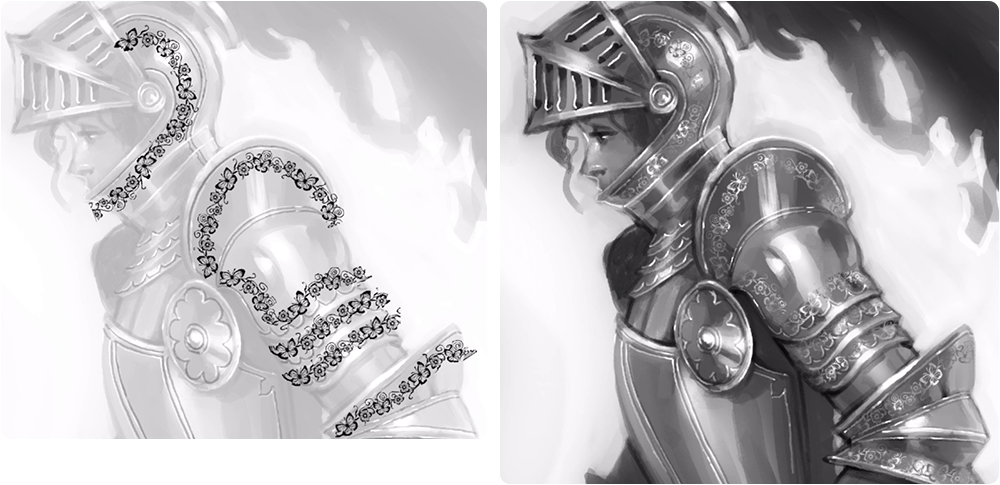
Lastly, I drew some bigger ornaments, but instead of a multiply layer, I set it to "Linear burn" and used a light blueish-grey color. Then I duplicated it, prepare it to "Color dodge," and moved the layer a little scrap to the side.
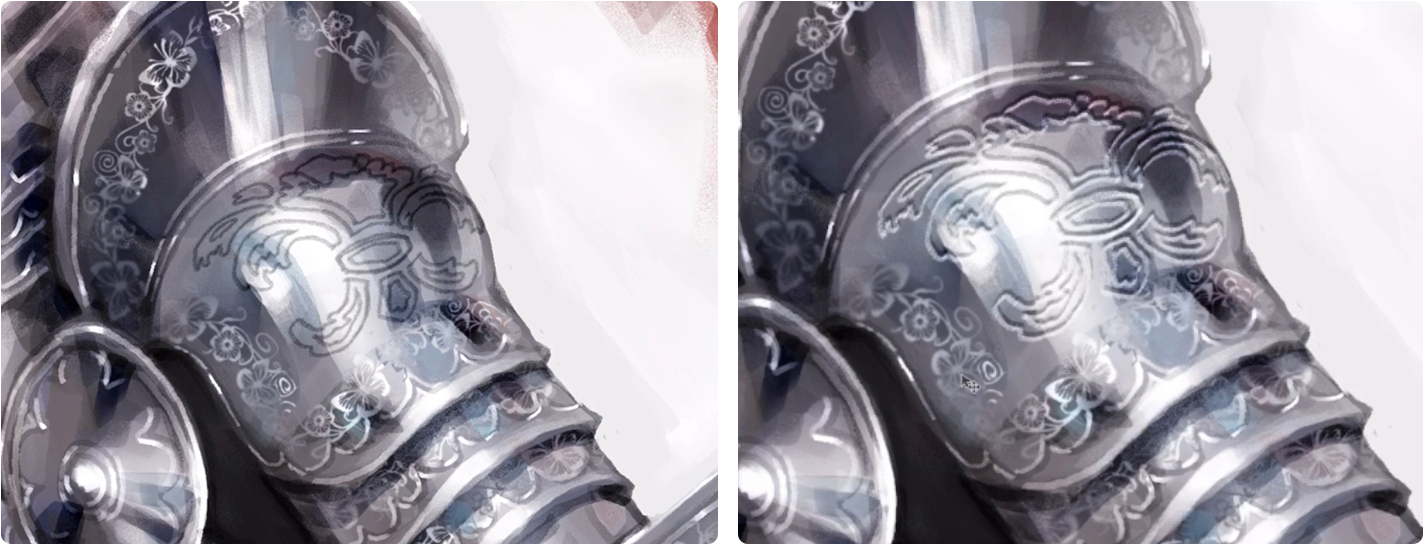
The only consequence with engraving in your art is that yous don't know when to stop because it is a actually satisfying process!
I promise you've constitute this tutorial useful and I wish you all happy painting!
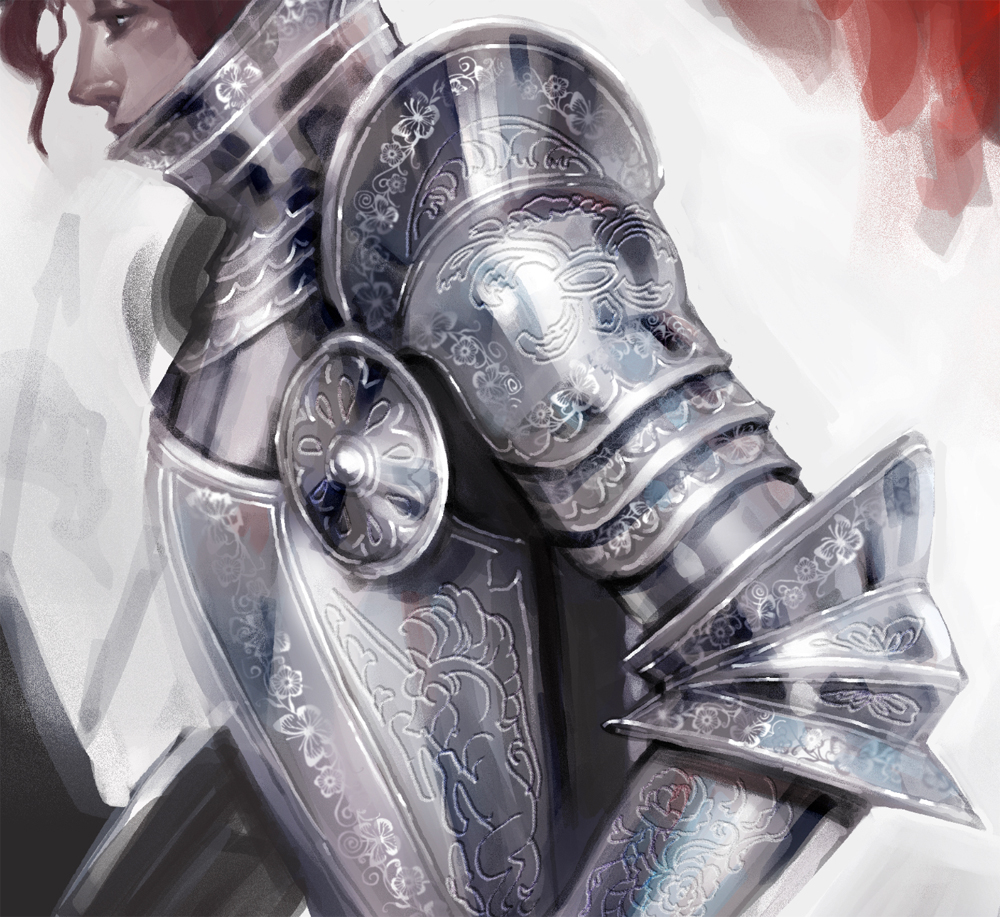
Source: https://www.clipstudio.net/how-to-draw/archives/160542
Posted by: leboeuffroir2002.blogspot.com


0 Response to "How To Draw Armor And Weapons"
Post a Comment